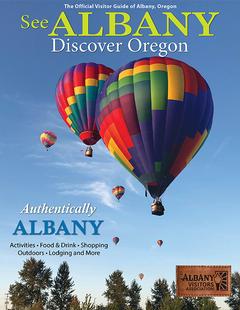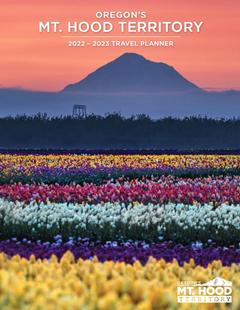Contact Info
Madras, OR 97741
Basics
- Size:
- 1520 acres / 2.4 sq. miles
- Elevation:
- 6350 feet
Description
Paulina Lake is located within the caldera of Newberry Volcano, about 25 miles south of Bend, Oregon. The Newberry Crater (Caldera) encircles the basins of Paulina and East lakes and it is nearly 5 miles (8 km) in diameter. This collapsed crater or caldera (caldera in italics) is the result of more than 500,000 years of volcanic activity. Neither lake receives water from an inlet stream. Both lakes rely on rain, snowmelt, and hot springs for water. Although these lakes are twins and share much in common, they are not at all identical.
Paulina Lake, the larger twin, is the deepest at 250 feet (76 m). Paulina Creek drains this lake and has chiseled a narrow gorge through the caldera's west wall creating a remarkable twin waterfall. Thermal vents and hot springs along the lake's northeast edge help create a highly productive ecosystem. The lake fed by snowmelt, hot springs, and groundwater flows from East Lake. The outlet stream from the lake is Paulina Creek that flows westward into the Little Deschutes River. The lake covers an area of 1531 acres. The average depth of the lake is 163 feet with a maximum depth of 250 feet.
In May of 1993, a 27-pound, 12-ounce brown trout was pulled out of Paulina Lake, setting a new state record. Paulina first grabbed the state brown trout record in 1965 with a 35-pound, 8-ounce behemoth. However, there is an asterisk behind that record, indicating it was not a legal catch. The fish was wallowing in the lake with a broken hook and line hanging from its mouth and was scooped up with a net. Earlier, a fisherman had hooked the fish and tired it out before it broke the line. The state record kokanee, a 4 pound 2 ounce fish captured in 1989, is also from Paulina Lake.
Fishing techniques in the Newberry Crater revolve around four "fishing seasons: ice-out, spring, summer, and fall. These "seasons" will affect one's trolling speed, leader length, depth, presentation, and location. Ice-out is the time to pursue big browns by trolling big plugs. Anglers should try different depths and various parts of lake. In the spring, kokanee schools are scattered in 24 to 100 feet of water. Trolling with bait and jigging are the most popular techniques for catching kokanee this time of year. Still fishing, trolling or casting close to the shoreline are the best bets for the early season. Anglers should concentrate their efforts close to the bank and within 35 feet of the surface for the rainbows and browns. Casting lures from shore in early spring and in the fall is an effective method for catching large brown trout and rainbows. Change the speed of the retrieve often, as a stop-and-go technique is very enticing to large fish. Brown Rooster Tails with a gold blade are good for catching browns. Black Rooster Tails, with a silver blade, are good for rainbows.
Fishing
Fish:
Brown Trout
Rainbow Trout
Fishing Methods:
Details
Size:
Elevation:
Camping Info
Additional Details:
Bait/Lure Fishing Methods : Salmon eggs, worms, cheese, power bait, spoon, spinners with gold blade, and black spinners with silver blade
Amenities
Map + Directions
Basic Directions
From Bend, 23.5 miles south on Hwy. 97, then 12.9 miles east on Rd. 21
















